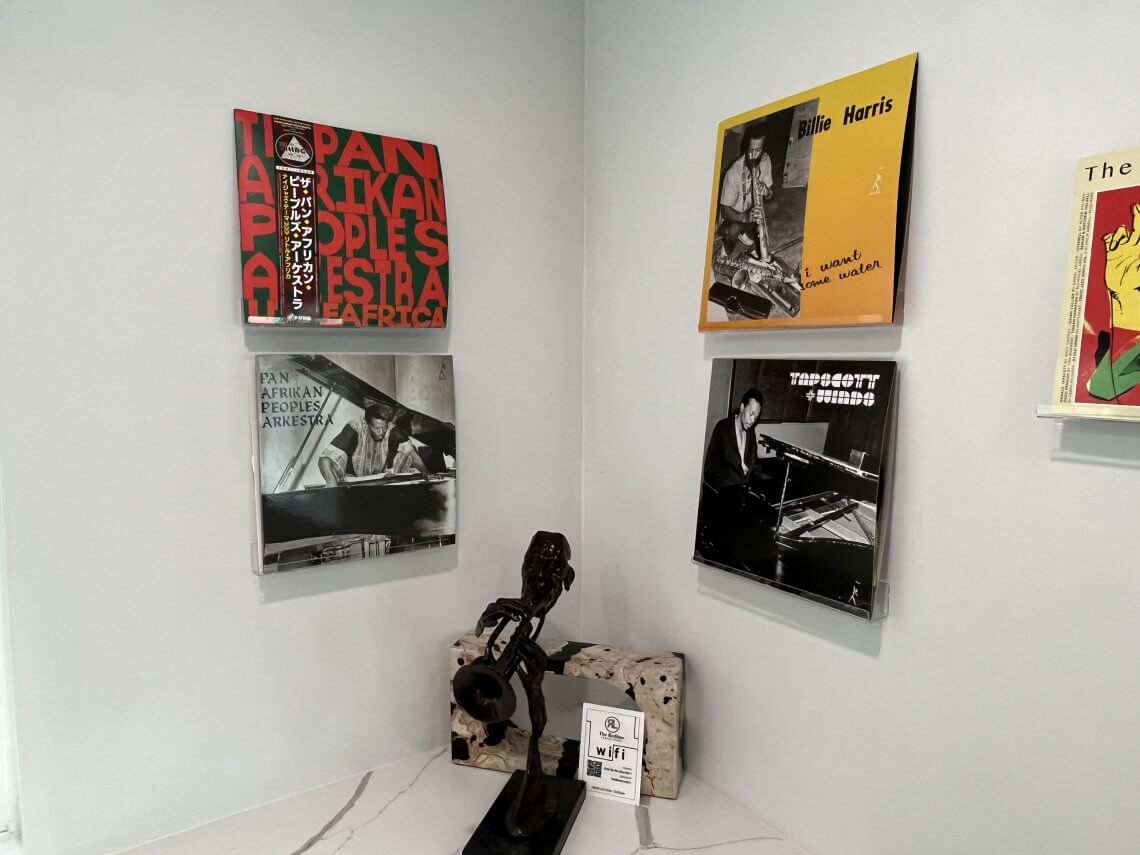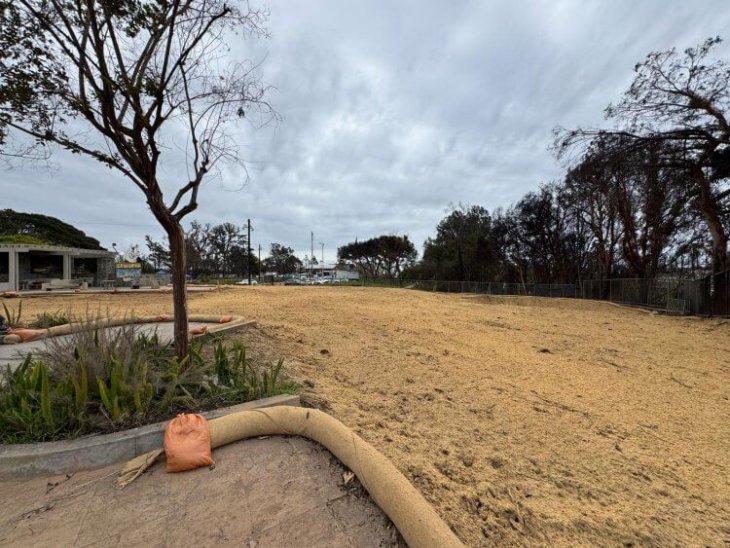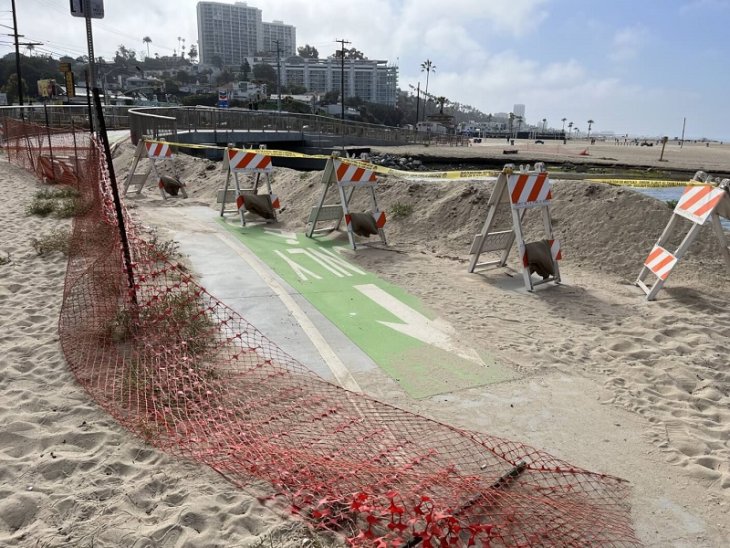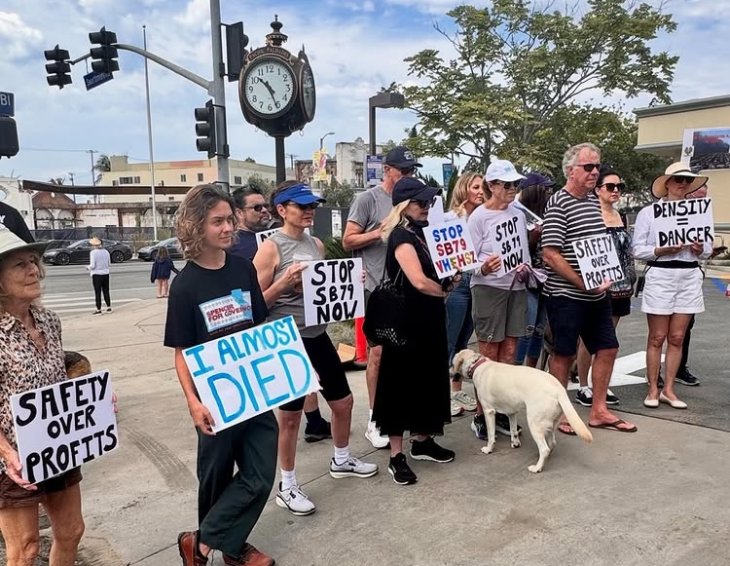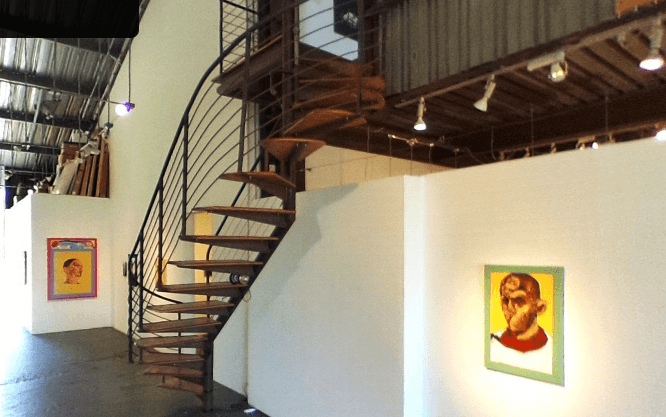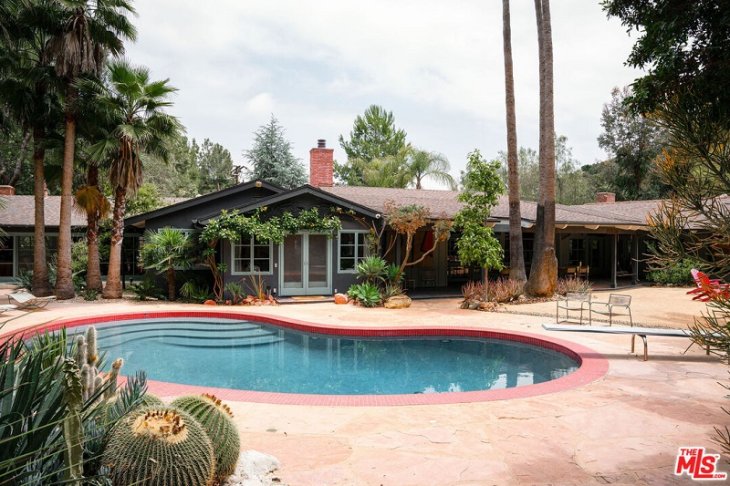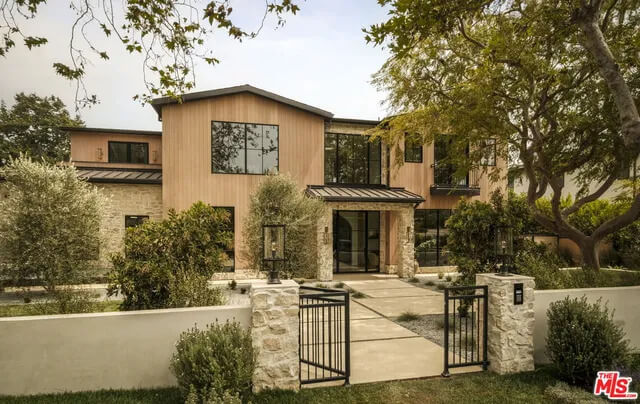Each One of Its Units Are Adorned With Various Decor That Help Guests Discover a Different Period of Venice’s Development
Although Venice Beach couldn’t have become the vibrant tourist destination it is without significant contributions from minority communities, this aspect of its history is sometimes ignored. A trio of entrepreneurs are countering this with a new “micro apartment hotel” that uncovers and celebrates those stories.
The Redline Venice Hotel, located a few hundred yards from the beach at 20 17th Ave., is a Black-owned property welcoming individuals seeking short or long-term stays as well as organizations wanting a SoCal retreat. Its name derives from both the racist redlining practices that disenfranchised Black communities, and the ‘Red Cars’ which carried workers and residents from Downtown L.A. to Venice between the 1920s and 1960s.

Each one of its units are adorned with various decor that help guests discover a different period of Venice’s development.

Beat by the Sea, a studio unit for two, immerses guests into the 1950s Beatnik culture of poetry and jazz; its walls, for instance, are decorated with records from artists like Billie Harris. The Escape, a suite with room for four guests, pays homage to the surfers and skaters of the 1960s who escaped police brutality and gang violence by coming to Venice which was seen as a diverse and accepting space. 12 Miles West highlights 1905-1920 when Venice morphed from a resort town into a weekend hotspot thanks to the redline streetcar; the same streetcars which brought many of its Black, Latin and Asian visionaries and workers.

“The last rebirth happened in the 1960s when we think about roller skating and muscle beach; the more fun aspect which people have hung to because that’s the history they can see. These other parts feel more buried,” said founder Kamau Coleman. “In the 1920s, the canals got covered up and people forgot about that history. Then you had the oil companies take over the area and it became the slum by sea when people really didn’t care about it. Who tells that history? The hope is here is that people can get sucked in, the same way we did, and find out more.”
Coleman, along with President and Director of Guest Experience Destinee Sales and Creative Designer Sophea Samreth, began remodeling the property three years ago. Amid their efforts in searching for a concept or theme, the same question Coleman had as a kid came back to him: Why is Venice so different? Why was there more diversity compared with Malibu or Manhattan Beach?

The trio eventually stumbled upon the Lost L.A. PBS program which sent them “down a rabbit hole” of discovery and inspired them to tell a holistic story of the beach town. And thus, the ideas behind The Redline Venice Hotel were conceived.
To ensure the hotel painted an accurate and authentic portrayal, the trio hired independent historian Alison Rose Jefferson to help license photos, get in contact with original family members and clarify historic facts. For example, Jefferson informed them of how the redline streetcars were largely built by Mexican laborers. Now, a photo paying homage to those laborers is in one of the hotel’s units.

“When we started with this project we were just digging on the surface which was the internet. What was beautiful about the process was our access to Jefferson and her ability to get more granular in the details and share things that we normally would not have access to.” said Samreth. “I think there is an appetite for the stories that we share. People can have an ‘aha’ moment because it helps them understand where this bohemian diverse beach emerges from.”
“I really wanted it to feel unapologetically minority-owned when you walked into this space,” said Sales. “We want to be able to partner with other Black-owned and woman-owned entrepreneurship so that as a brand we’re supporting other mission driven brands.” Price ranges on nightly reservations go from $350 to $750. For more information, go to https://www.theredlinevenice.com/.

